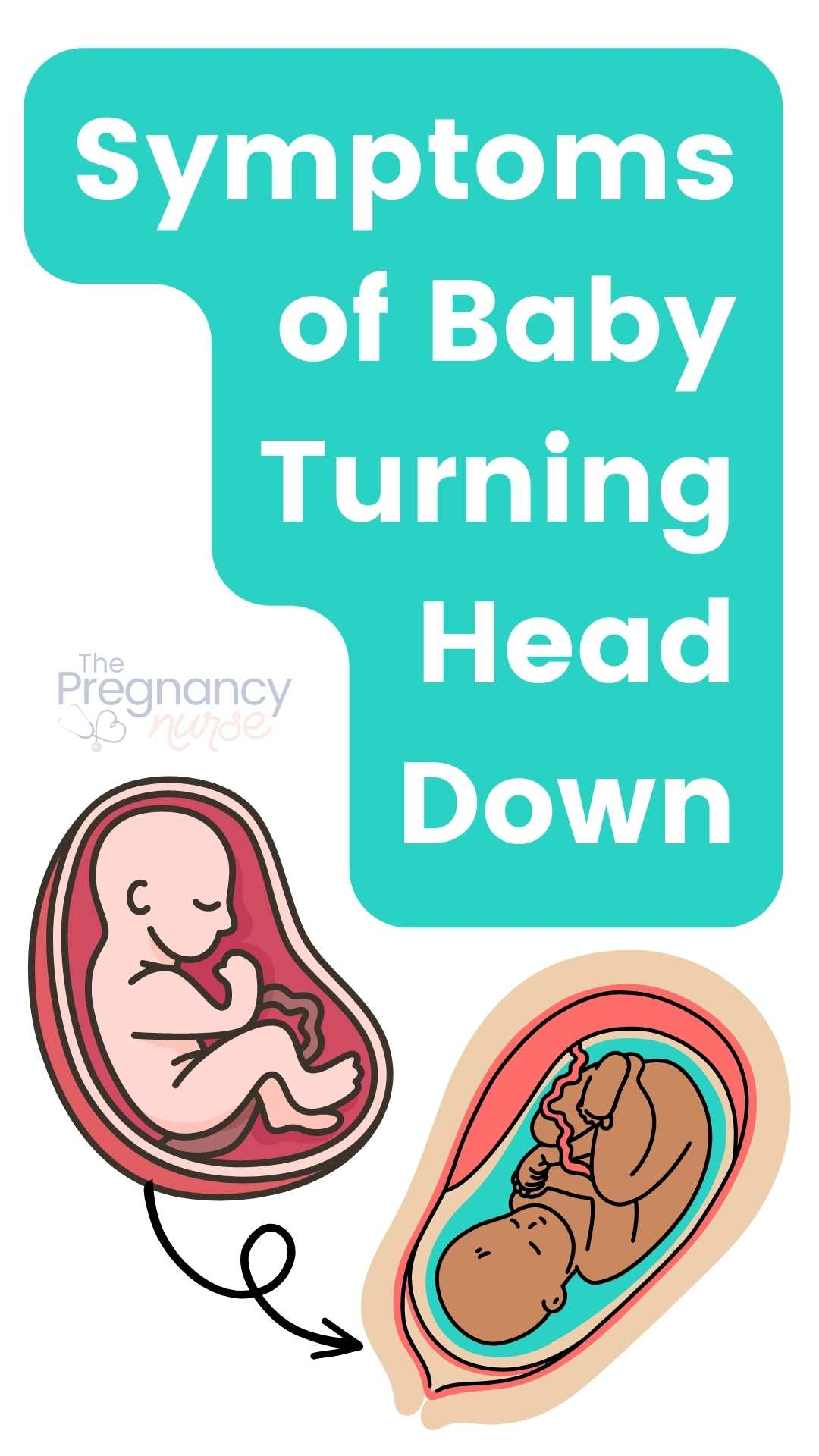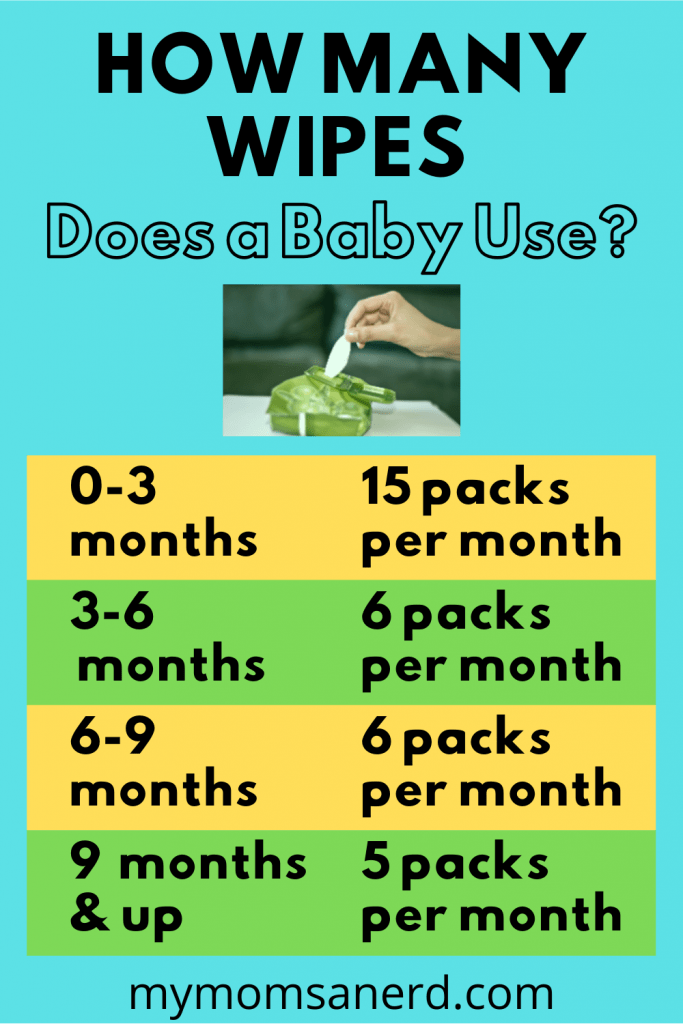How Do You Know If Baby’s Head Is Down
Are you eagerly awaiting the arrival of your little one and wondering about the position of their head? Knowing if your baby’s head is down is an important aspect of pregnancy, especially as you near your due date. In this article, we will dive into the details of how you can determine if your baby’s head is down, what it means for your pregnancy, and why it is essential for a smooth delivery.
Knowledge
During the later stages of pregnancy, typically around the 36th week, your healthcare provider will likely perform a routine examination to check the position of your baby’s head. This is crucial as the baby’s head-down position is considered the optimal position for a vaginal delivery. Your healthcare provider will use a method called palpation to feel the baby’s head through your abdomen and determine if it is in the downward position.
If your baby’s head is down, it means that they are in the cephalic presentation, which is the ideal position for birth. This position allows for the baby’s head to enter the birth canal first, which makes delivery smoother and reduces the risk of complications. However, if your baby is in a breech position (head up), your healthcare provider may discuss options such as external cephalic version or a cesarean section to ensure a safe delivery.
There are also signs and symptoms that you can look out for to determine if your baby’s head is down. These include feeling pressure in your pelvis, increased frequency of urination due to the baby’s head pressing on your bladder, and a sensation of heaviness in your lower abdomen. Some women may also notice a shift in their baby’s movements, with less kicking and more rolling sensations as the baby settles into the head-down position.
Additionally, an ultrasound scan can provide more detailed information about the baby’s position, especially if there are any concerns about their presentation. Your healthcare provider may recommend an ultrasound to confirm the baby’s head-down position and ensure that everything is progressing as it should for a healthy delivery.
Conclusion
In conclusion, knowing if your baby’s head is down is an essential aspect of pregnancy that can impact the delivery process. A baby in the head-down position increases the likelihood of a smooth vaginal delivery, while a breech presentation may require additional interventions to ensure a safe birth. By staying informed about your baby’s position and working closely with your healthcare provider, you can prepare for the best possible outcome for you and your baby.
Overall, the target audience for this information is expecting mothers who are curious about their baby’s position and want to understand the significance of a head-down presentation. By being proactive and informed, you can take steps to ensure a positive birth experience for both you and your baby.
As you near your due date, knowing if your baby’s head is down can provide peace of mind and help you prepare for the upcoming birth. By staying informed and working closely with your healthcare provider, you can navigate the final stages of pregnancy with confidence and excitement.






